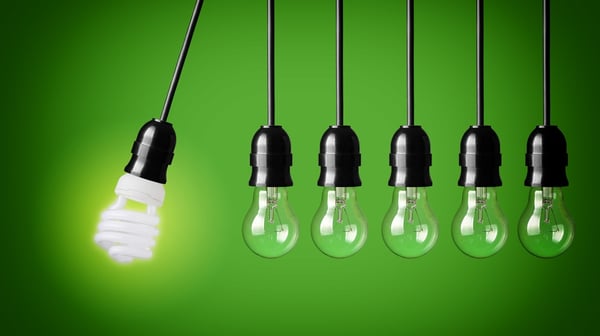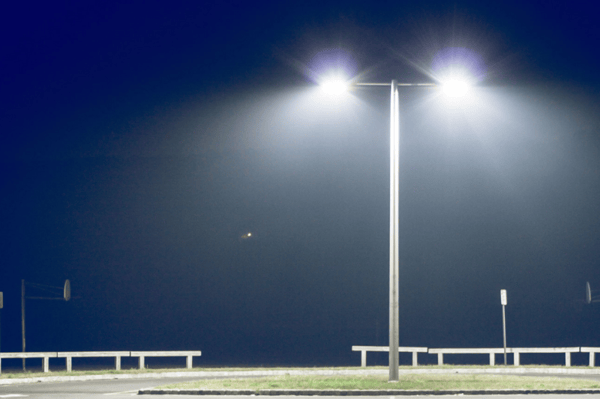12/14/2023
Understanding Lighting Regulations and Compliance for Football Fields
LED Lighting,
Lighting Education,
Outdoor Lighting,
Sports Lighting,
LED Lighting Benefits,
Sports Lighting Guide,
LED Lighting Guide,
Lighting Maintenance,
Football Field Lighting,
Units & Measurement,
Maintenance Tips,
Lighting Regulations





